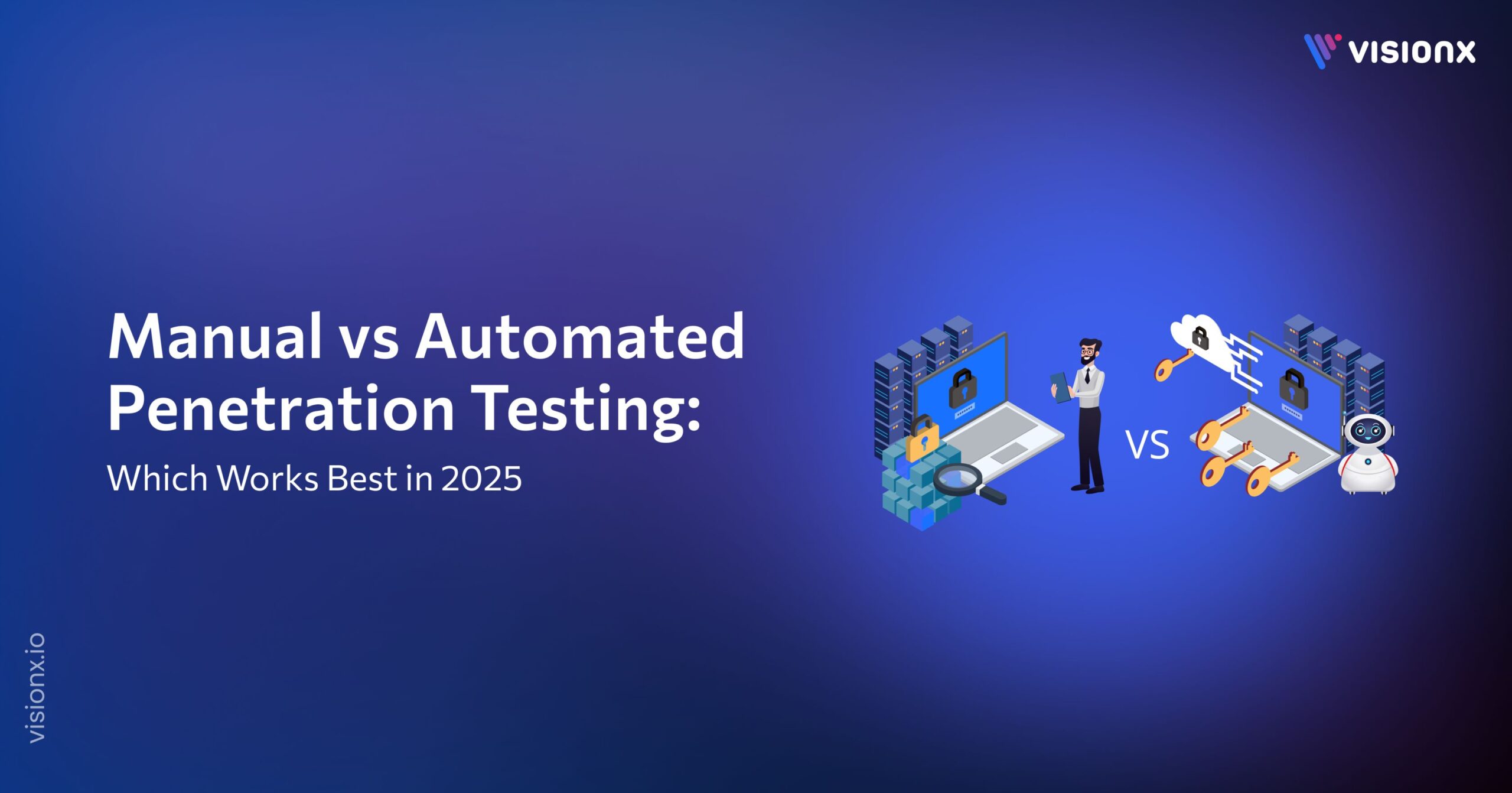Introduction
Software development industry is constantly evolving, and with it, the architectural choices available to developers and businesses. Two popular approaches – serverless architectures and microservices are increasingly used for this purpose.
Understanding serverless vs. microservices and the suitable uses of each can make all the difference in a project’s success or failure. With the help of this thorough guide, you will be able to make well-informed and strategic decisions as you grow with software development.
What is Serverless?
Serverless architecture is a way of building and running applications and services without having to manage infrastructure. In traditional server-based models, you, as the developer or company, need to maintain servers (physical or virtual) to run your applications. This involves managing not just the hardware or virtual machines, but also the operating system, server software (like web servers), and more.
Advantages:
- Cost Efficiency: With serverless, you pay only for the compute time you consume, which means no charge when your code is not running. This can lead to significant cost savings, especially for applications with variable workloads.
- Operational Simplicity: Serverless architectures eliminate the need for traditional server management. This means no worrying about scaling, maintenance, or updates – the cloud provider handles all of it.
- Scalability: Serverless computing can automatically scale to meet the demands of your application. Whether you have ten users or ten thousand, the architecture adjusts seamlessly.
Challenges:
- Startup Latency (Cold Starts): Serverless functions can experience latency at the start, particularly after periods of inactivity, known as cold starts.
- Vendor Constraints and Lock-In: Your application is dependent on the cloud provider’s capabilities and limitations, making it harder to migrate to another cloud development platform in the future.
- Limited Control: Serverless computing can be less flexible in terms of configurations and system-level optimizations.
Perfect for:
- Event-Driven Applications: For instance, an app that processes images as soon as they’re uploaded.
- Microservices Architecture: Serverless functions can act as individual components in a microservices setup.
- Sporadic Traffic: Ideal for applications that experience significant variations in usage.
What is Microservices Architecture?
Microservices architecture is a design approach where a single application is composed of many loosely coupled and independently deployable smaller components or services. Think of it as constructing a machine where each part operates independently yet contributes to the whole.
Advantages:
- Technological Flexibility: Each microservice can be built using different frameworks or languages, allowing you to pick the right tool for each specific job.
- Resilience: In a microservices architecture, the failure of one service doesn’t bring down the entire application, ensuring better uptime and reliability.
- Scalability and Independence: Each service can be scaled independently based on its specific needs, making the architecture highly scalable and flexible.
Challenges:
- Complex Coordination: Managing multiple services and their interactions can be challenging, requiring robust communication and coordination mechanisms.
- Data Management and Integration: Ensuring data consistency and effectively managing databases across multiple services can be complex.
- Operational Overhead: Microservices require a sophisticated infrastructure for deployment, monitoring, and logging.
Ideal for:
- Large and Complex Applications: Such as e-commerce platforms with separate services for user authentication, inventory management, payment processing, etc.
- Organizations with Diverse Development Teams: Different teams can work on different services simultaneously, improving development speed and efficiency.
Serverless vs. Microservices: Similarities
Microservices and serverless architectures, while distinct in their primary focus and approach, share several similarities. Here are some of the key similarities:
1. Modularity:
Both architectures emphasize breaking down applications into smaller, more manageable pieces. Microservices do this by dividing an application into small, independently deployable services, while serverless does it through functions that are designed to perform specific tasks.
2. Scalability:
Both architectures offer excellent scalability options. Serverless functions scale automatically with demand and microservices can be individually scaled based on the needs of each service. This makes both architectures suitable for applications with varying and unpredictable workloads.
3. Focus on Business Logic:
Both serverless and microservices allow developers to focus more on writing the business logic rather than worrying about the underlying infrastructure. In serverless, the infrastructure management is entirely handled by the cloud provider, while microservices reduce complexity by splitting the application into smaller, more focused parts.
4. Cost Efficiency:
Both architectures can lead to cost savings but in different ways. Serverless is cost-effective due to its pay-per-use model, where you only pay for the computing resources you use. Microservices can also be cost-effective as they allow for efficient use of resources and can reduce the overall complexity and cost of maintaining a monolithic architecture.
5. Improved Resilience:
Both architectures can increase the resilience of applications. In microservices, the failure of one service doesn’t necessarily bring down the entire application. Similarly, in a serverless architecture, functions are isolated, so issues in one function won’t impact others.
6. Agility and Speed of Deployment:
Both serverless and microservices support agile development practices. They allow for faster iterations, updates, and deployments, which is beneficial in a continuously evolving market.
7. Decentralized Approach:
Both architectures promote a decentralized approach. In serverless, each function is typically an independent unit, and in microservices, each service is a separate component. This decentralization facilitates independent development and deployment.
8. Event-driven nature:
Both are often used in event-driven architectures. Serverless functions are commonly triggered by events (such as HTTP requests, file uploads, etc.), and microservices can be designed to respond to various events in a distributed system.
Serverless vs Microservices: Differences
Microservices and serverless are two popular architectural styles in modern software development, but they have distinct characteristics and serve different purposes. Here are the key differences between them:
1. Scope and Granularity:
- Microservices: This approach breaks down an application into a set of smaller, interconnected services, each implementing specific business functionalities.
- Serverless: It focuses on even smaller units of deployment, like individual functions. A serverless function typically performs a single, narrowly defined task.
2. Management of Infrastructure:
- Microservices: While microservices reduce the complexity of the application by breaking it into smaller services, they still require you to manage the infrastructure, either on-premises or in the cloud.
- Serverless: The serverless model abstracts away the infrastructure entirely. The cloud provider manages the servers, and you are only responsible for the code.
3. Scaling Mechanisms:
- Microservices: Each microservice can be scaled independently, but this scaling usually needs to be managed and monitored.
- Serverless: Offers automatic scaling. The cloud provider dynamically allocates and deallocates resources as needed, scaling up or down instantly based on demand.
4. Cost Model:
- Microservices: Typically involves continuous running costs for the servers or cloud resources used, regardless of the traffic.
- Serverless: You pay only for the compute time your functions use, which can be more cost-effective for sporadic or unpredictable workloads.
5. State Management:
- Microservices: They can maintain state and manage their data, which allows for more complex applications.
- Serverless: Functions are stateless and ephemeral, meaning they don’t maintain any internal state between executions.
6. Development and Deployment Complexity:
- Microservices: Developing a microservices architecture involves dealing with inter-service communication, data consistency, and other complexities of distributed systems.
- Serverless: While it simplifies deployment and scaling, it introduces challenges such as dealing with cold starts, limited execution times, and vendor lock-in.
7. Long-term Operations:
- Microservices: Require ongoing maintenance of the infrastructure, including updates, security patches, and scaling decisions.
- Serverless: The operational overhead is significantly lower as the cloud provider handles most of the operational responsibilities.
8. Use Cases:
- Microservices: Ideal for large-scale, complex applications that require robustness, flexibility, and long-term scalability.
- Serverless: Best suited for small, independent tasks that can be executed on demand, such as event-driven workflows, lightweight APIs, and data processing jobs.
When to Choose Serverless?
Opt for serverless when agility, cost, and operational efficiency are your top priorities. It’s particularly well-suited for startups and small to medium-sized businesses that require fast deployment and have fluctuating or unpredictable traffic. Serverless is also a boon for short-term projects or applications where rapid scalability is essential.
When Microservices Are the Right Fit?
Microservices are ideal for large-scale, complex applications that demand high resilience, flexibility, and scalability. They are particularly beneficial for enterprises and businesses with a long-term vision, where different teams might be responsible for different services of the same application.
Moreover, if your application requires specific, sophisticated functionality or you need complete control over your environment, microservices are the way to go.
Combining Serverless and Microservices
Interestingly, serverless vs. microservices are not mutually exclusive and can be combined to create a more robust, scalable, and efficient architecture.
For example, individual components of a microservices architecture can be deployed as serverless functions. This hybrid approach leverages the best of both worlds, offering both flexibility and efficiency.
Conclusion
Choosing between serverless vs. microservices architecture depends on various factors including the nature of your project, the size of your team, your budget, and long-term goals. Serverless offers an easy, cost-effective way to deploy and scale applications, ideal for variable workloads and smaller teams.
Microservices, on the other hand, provide a highly scalable, flexible architecture suited for complex, large-scale applications and teams ready to manage its intricacies. Understanding the strengths and limitations of each will help you make a choice that aligns with your project’s needs and your organization’s capabilities.
Whether you opt for the agility of serverless or the robustness of microservices, the key is to align your choice with your specific project requirements, ensuring a successful and efficient software development process.


